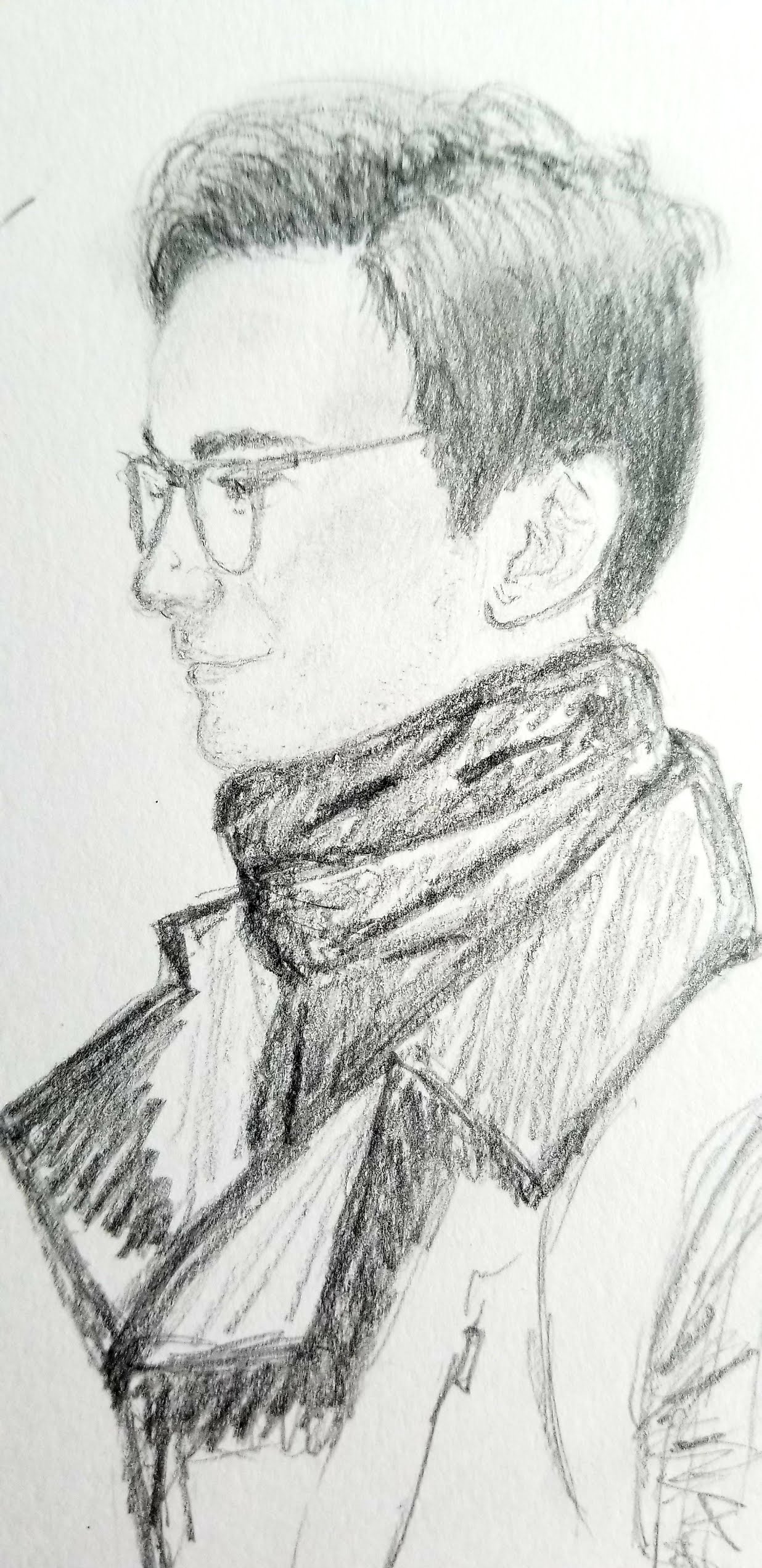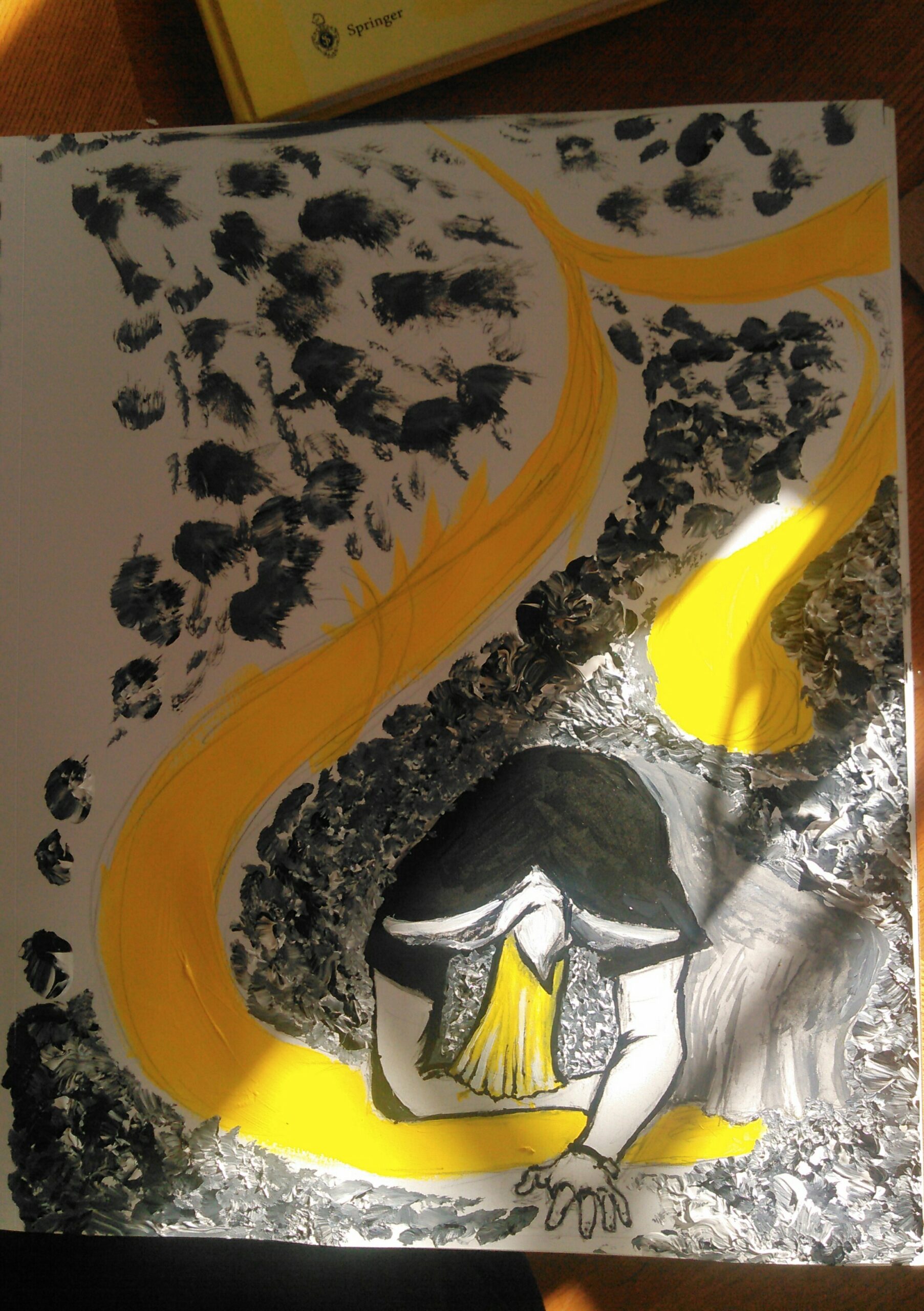Using Automorphism Groups of Curves to Control the Slopes of their Jacobians
I’ve felt for a long time that automorphisms of curves should control or at least exert serious force on the slopes on their Jacobians. Symmetry forces height, as I’ve written about previously in Models of Formal Groups Laws of Every Height, and Endomorphisms Directly Control Slope.
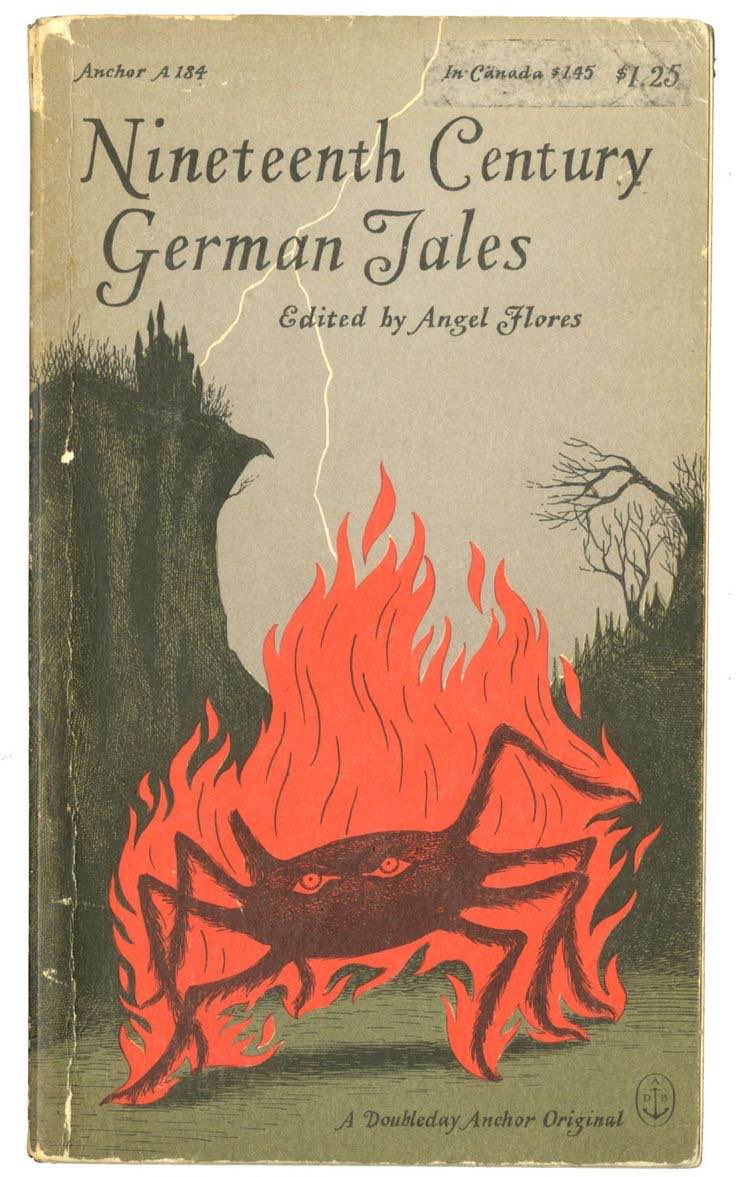
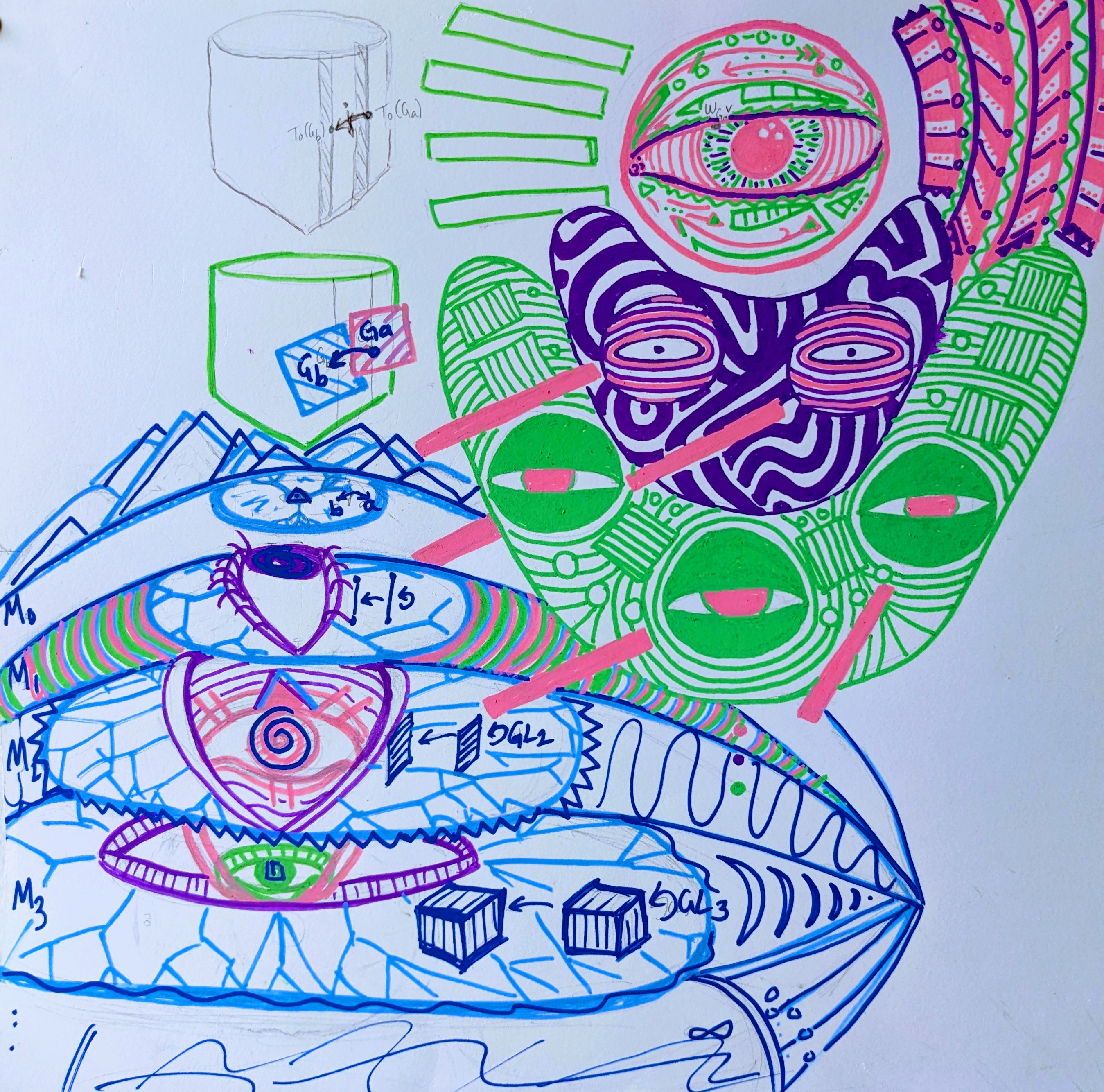 This drawing is an old drawing I made when I was preparing for my qualifying exam in my second year of grad school at Northwestern. It is the crystalline period map. The tower to the left is the “Lubin-Tate” tower, the deeper it goes the more level structure. In the upper right corner there is projective space, and the “cat like” creatures below are moduli stacks of curves. I always draw the moduli stack of elliptic curves as a cat because it has 2 stacky points (its ears) and a third stacky point if you compactify “the sock” of the fundamental domain (its tail). At the time I was working on what became my PhD thesis: using moduli stacks of curves with marked points to understand moduli stacks of formal groups with level structure.
This drawing is an old drawing I made when I was preparing for my qualifying exam in my second year of grad school at Northwestern. It is the crystalline period map. The tower to the left is the “Lubin-Tate” tower, the deeper it goes the more level structure. In the upper right corner there is projective space, and the “cat like” creatures below are moduli stacks of curves. I always draw the moduli stack of elliptic curves as a cat because it has 2 stacky points (its ears) and a third stacky point if you compactify “the sock” of the fundamental domain (its tail). At the time I was working on what became my PhD thesis: using moduli stacks of curves with marked points to understand moduli stacks of formal groups with level structure.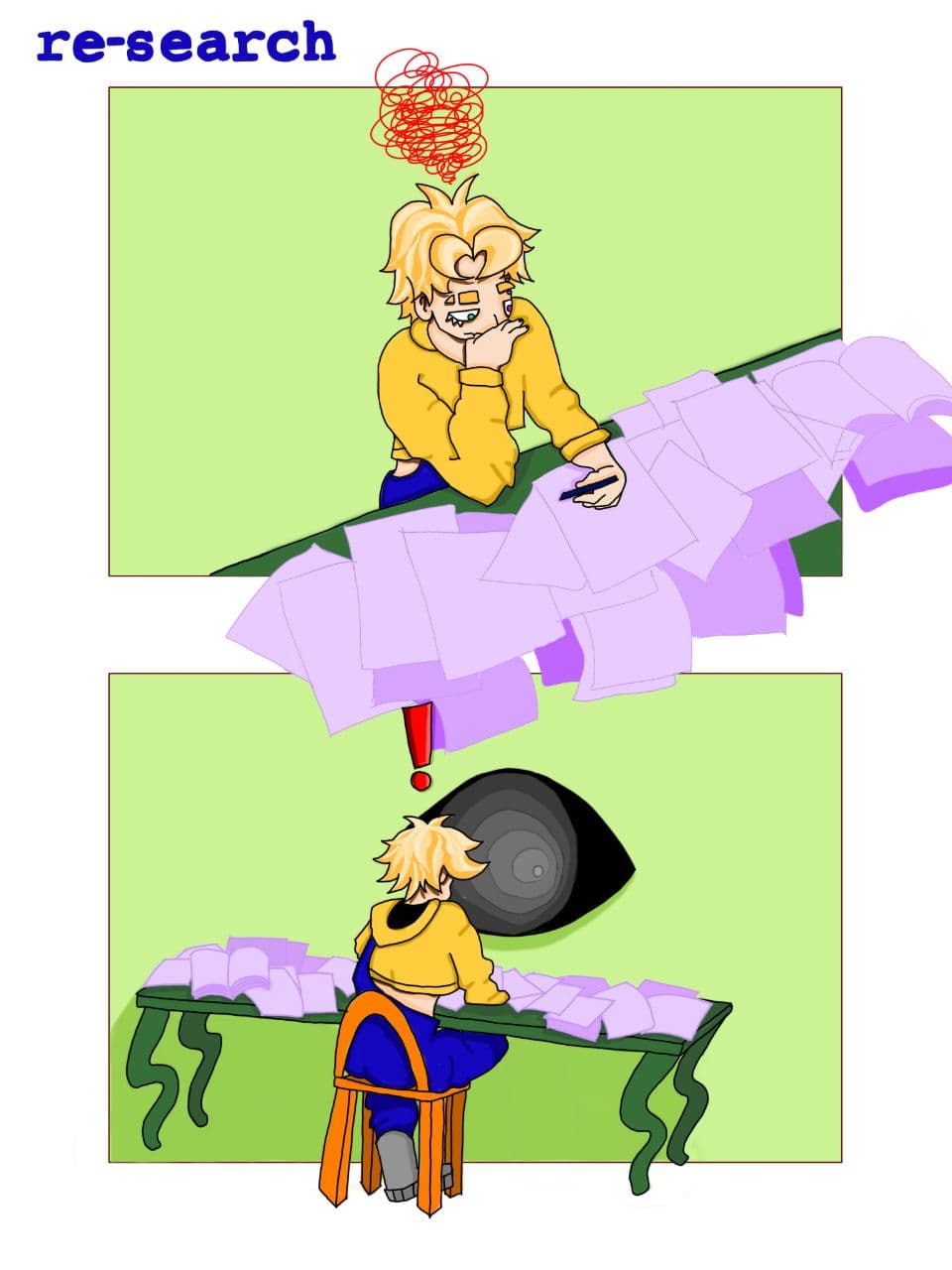 Please enjoy my webcomic on what it feels like to run into a concept for the first time. I will be updating panel by panel, adding each one to this post as I make them. Here begins the adventures of Massey into the unknown.
Please enjoy my webcomic on what it feels like to run into a concept for the first time. I will be updating panel by panel, adding each one to this post as I make them. Here begins the adventures of Massey into the unknown.
